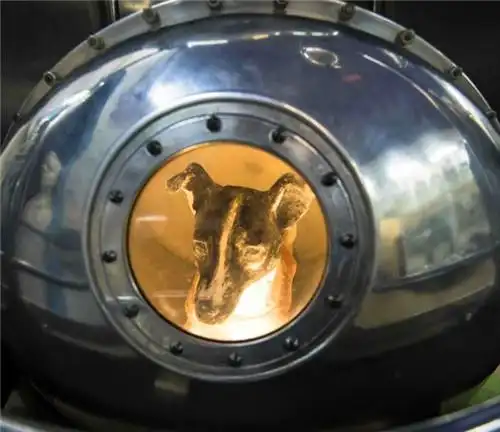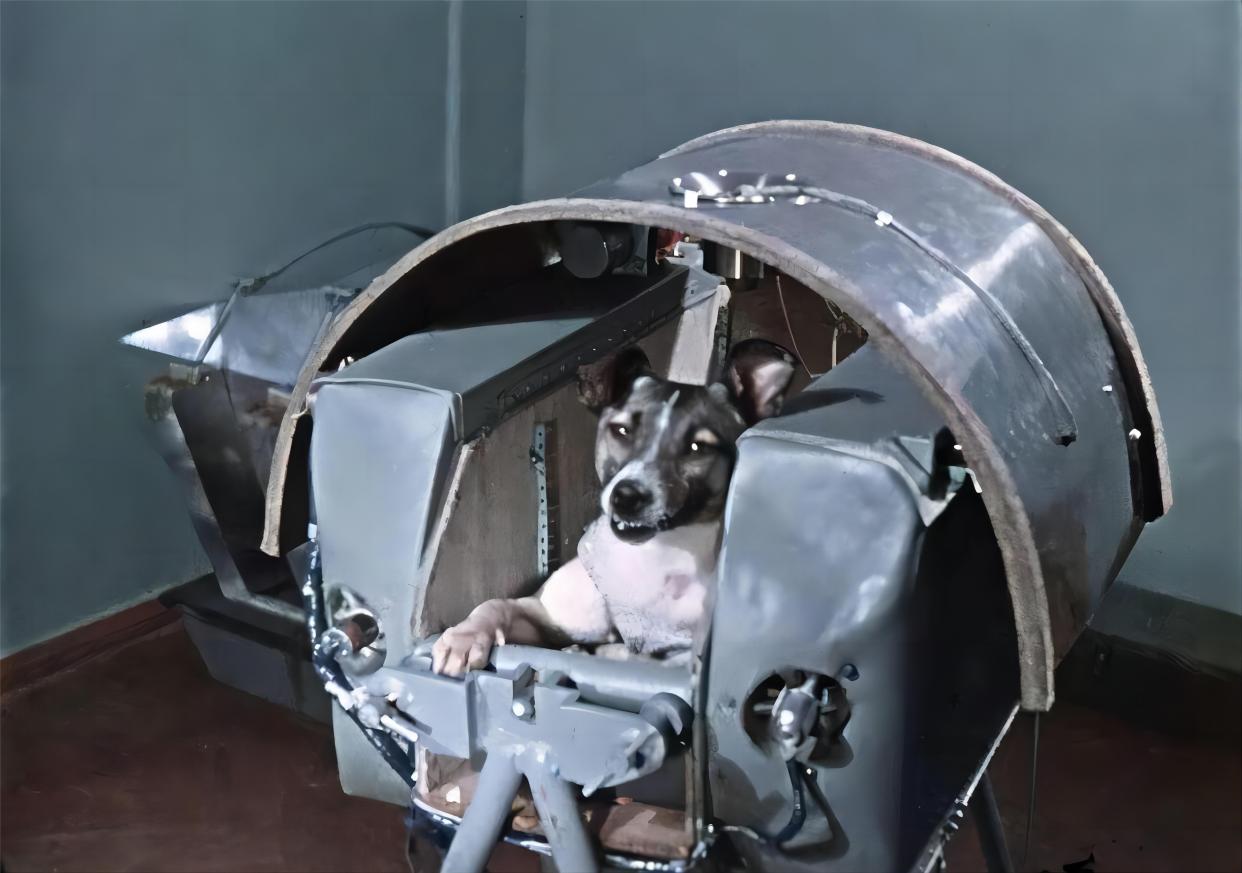The space race of the mid-20th century was not only a competition between nations but also a series of experiments that tested the boundaries of human knowledge and the endurance of living organisms. Before humans could safely travel beyond Earth, scientists sent animals into space to study the effects of space travel on living beings. So, what was the first animal in space? The answer is a small dog named Laika, whose journey in 1957 marked a significant moment in space exploration.
On November 3, 1957, Laika, a stray dog from the streets of Moscow, became the first animal to orbit the Earth. She was launched aboard the Soviet spacecraft Sputnik 2, just weeks after the successful launch of Sputnik 1, the first artificial satellite. Laika's mission was designed to gather critical data about the effects of space travel on living organisms before sending humans into orbit.
Why Laika? The Soviet space program selected Laika because of her small size, calm demeanor, and adaptability. The scientists believed a stray dog, used to harsh conditions, would handle the stress of space travel better than a domesticated animal.
The Spacecraft: Sputnik 2 was not designed for a safe return to Earth. Unfortunately, it was a one-way trip for Laika, as the technology to bring spacecraft back safely had not yet been developed. She was placed in a small, pressurized cabin equipped with food, water, and sensors to monitor her vital signs.

The reason animals were sent to space before humans was to ensure the safety of manned space missions. Space presents many unknown dangers, including microgravity, radiation, and the physical stress of launch and reentry. By sending animals into space, scientists could observe the physiological effects of space travel and determine whether living beings could survive these extreme conditions.
Before Laika’s historic flight, other animals had already been sent into space, although they had not orbited the Earth:
Fruit Flies (1947): The very first animals to be launched into space were fruit flies, sent by the United States aboard a V-2 rocket. This was done to study the effects of radiation exposure at high altitudes.
Monkeys and Mice: In the late 1940s and early 1950s, the U.S. sent monkeys (such as Albert I and Albert II) and mice into space on suborbital flights. These early experiments paved the way for later missions but did not reach the milestone of orbiting the Earth.
While Laika’s journey was groundbreaking, it was also tragic. The Soviet Union initially reported that she survived in orbit for several days before her oxygen supply ran out. However, later reports revealed that Laika likely died from overheating just a few hours after launch due to a failure in the spacecraft’s temperature control system.
Laika’s sacrifice, though heartbreaking, provided invaluable data that contributed to the development of human space travel. Her mission proved that living organisms could survive the forces of a space launch and remain alive in a zero-gravity environment, which was crucial information for future manned missions.

Following Laika's mission, many other animals were sent into space as part of scientific experiments. These missions helped shape the future of space exploration:
Monkeys and Apes: After Laika, the U.S. continued to send monkeys and apes into space. In 1961, Ham, a chimpanzee, became the first great ape to be launched into space and return safely. He survived a suborbital flight, proving that complex tasks could be performed in space.
Mice, Rats, and Frogs: Small animals like mice, rats, and frogs were frequently sent into space to study biological processes such as reproduction, bone density loss, and the effects of microgravity on development.
Tortoises and Other Species: In 1968, the Soviet Union sent tortoises around the moon aboard the Zond 5 mission. The tortoises survived the flight, providing more insight into the effects of long-term space travel on living beings.
Laika’s mission is a reminder of the early sacrifices made in the name of space exploration. Her journey not only made her a symbol of scientific progress but also sparked conversations about the ethical treatment of animals in research.
While Laika did not return to Earth, her contribution to space science remains vital. Just four years after Laika’s flight, on April 12, 1961, Yuri Gagarin became the first human to orbit the Earth aboard the Soviet spacecraft Vostok 1. Gagarin’s historic journey would not have been possible without the lessons learned from Laika’s flight and the animals that came before her.
To answer the question, what was the first animal in space—it was Laika, the brave dog who paved the way for human space exploration by orbiting the Earth in 1957. While other animals had been sent into space before her, Laika was the first to reach such an altitude and orbit the planet, marking a significant milestone in the journey to put humans into space. Laika’s legacy lives on as a key figure in the history of space exploration, reminding us of the groundbreaking strides and sacrifices made in the pursuit of knowledge.
animal tags: Animal Space Laika dog
We created this article in conjunction with AI technology, then made sure it was fact-checked and edited by a Animals Top editor.